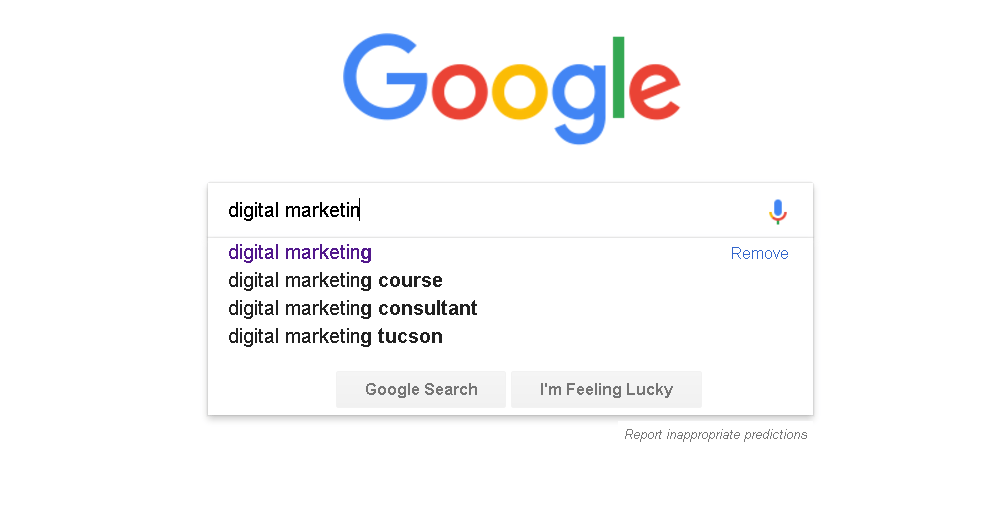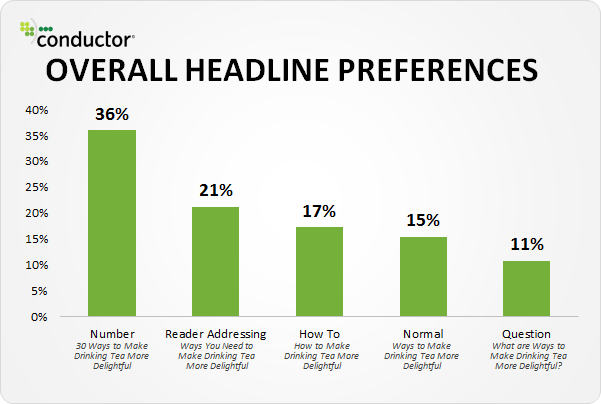

Quick Links
Quick Links

On the fence about becoming a freelance SEO copywriter?
Well, guess what? Now’s the best time to get started!
For one thing, the demand for excellent copywriters continues to rise. According to a study published by CopyHackers, demand for copywriting services has increased by 70%.

Source: CopyHackers
Second, freelance writers are paid good money. PayScale reports that the average freelance writer gets paid $23.90 per hour while excellent copywriters get as much as $55.88 per hour.
Assuming you work 40 hours a week and take two weeks’ vacation, you’re looking at earning anywhere between $47,800 to $111,760 a year.
Not bad, huh?
The problem’s that the freelance writing industry is oversaturated. This is perhaps the main reason you’ve been hesitant about starting a freelance writing career.
Quite understandable. After all, with so much competition, how can a newbie like you stand a chance?
That’s where learning SEO copywriting comes in.
What is SEO copywriting?

To understand this, you got to understand what’s SEO and what’s copywriting.
SEO stands for Search Engine Optimization. It’s the process of choosing the right keywords and strategically applying this to a blog post or landing page easier for search engines to find.
Copywriting, on the other hand, is your ability to write up something that will get readers interested and take action.
Based on these, SEO copywriting is being able to write a piece of content that captures your readers’ interest and get them to take action. At the same time, it’s writing content that Google can easily find and list in their SERPs.
Does SEO still exist?

SEO isn’t dead. It evolved.
The reason is simple: Google’s now smarter. So smart that it’s been consistently updating its algorithm at a rapid pace so that it can give your readers the content they’re searching for. With these changes both freelancers and software vendors must constantly change to align with new marketing trends.
For freelance SEO copywriters, however, this is one of the main causes of their headaches. That’s because the SEO techniques that used to work in 2018 no longer give out the same results today.
Whether you’re starting out as a freelance SEO copywriter or have been doing this for some time, it’s crucial for you to know which SEO techniques to use. Otherwise, your clients wouldn’t be happy, and they’d end your contract with them.
That said, here are 8 SEO techniques to use.
1. The bucket brigade technique.

Before fire stations became commonplace, village folk would have people pass buckets of water from the well to put out a fire.
Putting this in the context of copywriting, think of your reader as the bucket of water and your content as the people forming the bucket brigade. Each part of your content should be able to “carry” your reader from one section to another all the way up to the very end.
By doing this, you achieve two things:
First, it gets your readers to your content’s call-to-action, which is where you ask them to do something like download a content upgrade or sign up for a free trial.
Second, it keeps your readers on the website longer. Google will pick this up and equate this to your content as interesting and relevant so it’ll reward your content with a higher ranking.
One very simple, but effective, way to do this is by ending your sentence with a colon and then use bullet points to list the key points. This will prompt your readers to keep on scrolling down and continue reading.
Here are some examples:
- Does this sound like you…
- Here’s the truth…
- You’re probably wondering…
2. Structure your content in an inverted pyramid.

Source: Single Grain
You know you only got 8 seconds to grab your readers’ attention with your content and make them stay.
That’s why you got to dish out the essential details to your readers right on the onset. This technique, called the Inverted Pyramid, helps you do that.
Structuring your content using this technique gives your readers just enough of what they want to know so that they won’t go elsewhere and keep on reading until the very end.
3. Target locals.
Did you know that 46% of people searching on Google are looking for information about local businesses?
Aside from adding your contact details (or your client’s) on the website, make sure that you also create content and landing pages that include search terms your target audience will use.
For example, if you’re planning to create a website to promote your services as a freelance SEO copywriter and you live in Las Vegas, including the keyword phrase “SEO copywriting services in Las Vegas” can work.
4. Focus on keyword intent.

One of the biggest mistakes freelance SEO copywriters make is to still focus on keyword frequency and density.
This technique may have worked in the early 2000s, but not today. In fact, putting a lot of emphasis towards these can cause Google to flag your content and website as spammy.
That’s not to say that you should get rid of keywords altogether because you still need them.
Instead of focusing on how often the keyword you’ve chosen shows up, what you need to pay more attention to keyword intent. What this means is that you got to understand the reason behind why your target readers are using this keyword when searching on Google.
For you to do this, you got to know your target audience or that of your client’s. This is where creating a buyer persona helps.
More than give you demographics, a buyer persona tells you what keeps your target audience up at night:
- Are they looking for an answer to a problem?
- Perhaps they’re looking for ways to make things easier for them?
- Maybe they heard of a great opportunity, and they want to learn more about it?
Once that’s clear, you can then create your content around these.
5. Create catchy headlines.

This is crucial in SEO copywriting. That’s because this is going to be the first thing that your readers will see when they search for content on Google. It’s also one of the critical factors that Google considers when ranking your content.
Here are some tips on how to craft a headline that’ll get your audience (and Google’s) attention:
Use numbers
According to a study done by ConversionXL, headlines that include numbers tend to get more clicks than those that don’t. That’s because adding numbers gives your readers a better idea of what to expect when they read your content.

Source: ConversionXL
Check search results
Google your chosen keyword. Pay close attention to the content listed on the first SERP right below the ads. Look for similarities in how they’re written and apply these when you write up your headline.
Keep it short and sweet
How your headline appears on search result pages plays a part in your readers’ decision whether or not to click on your link.
To make sure that your headline doesn’t get cut when Google displays it in its SERP, keep it to less than 72 characters. That way, your target readers will know what your content’s about and increase the chances of them clicking.
6. Don’t forget the metadata.

Metadata are the pieces of information that Google displays on their SERPs.
There are three specific metadata you got to pay close attention to:
Title tag. This is essentially how the title of your content or website will appear on Google’s SERP. This needs to be short, up to 60 characters tops.
Meta description. This gives your target readers an insight of what your article is about and what they can expect to take away after reading this. Meta descriptions should not be longer than 160 characters.
Heading tags. These are the subheadings in your content. Not only will this help increase the ranking of the content you create, but also make your article or blog post look more structured.
7. Write for voice search.
The rise of AI technology has now made it possible for people to search on Google without having to type a single word. And your target readers love this!
In fact, Wordstream projects that half of the online searches will be done through voice by 2020.
As a freelance SEO copywriter, you got to make sure that the content you publish can be found by Siri, Alexa, Conterra, and other voice search assistants.
Use keyword phrases that are written in the form of a question. Then provide the answer within your blog post or article.
8. Choose your links wisely.

Another thing that Google factors in how well your content will rank are the links on your content.
But like with keywords, don’t make the mistake of stuffing your content with lots of links. Not all links are created equal. Make sure that the site you’re linking to has a decent domain and page authority so that you can be sure that the additional resources you provide in your content are quality content as well.
Also, include links to other content on your website (or your client’s). This won’t just diversify the links you got on your content, but also help Google find and rank the other content you’ve written.
Key Takeaways
SEO is very much alive and well. But it’s dramatically evolved over recent years. So has SEO copywriting.
The key to effective SEO copywriting is to make sure that you’re writing for humans first, machines second. Share information that your target readers will find valuable and helpful. Write this in a way that’s easy to understand.
Take note that you don’t need to be an SEO expert to land your first gig as a freelance SEO copywriter. The tips and techniques shared in this post will help you get started. Take time to practice them on your own site and in your current projects.
It takes some getting used to, but as long as you keep at it, you’ll be able to get better and demand higher rates from your competitors.
